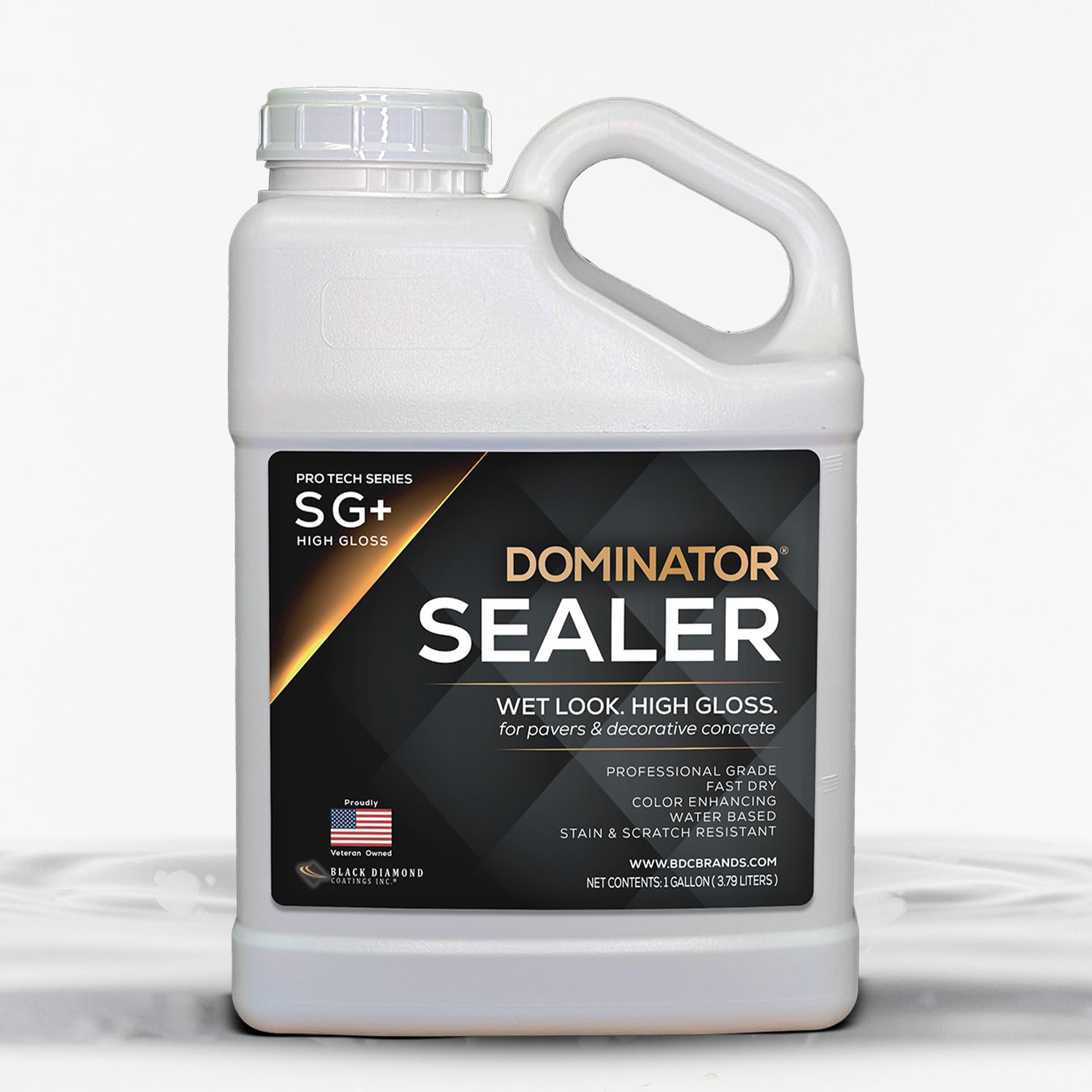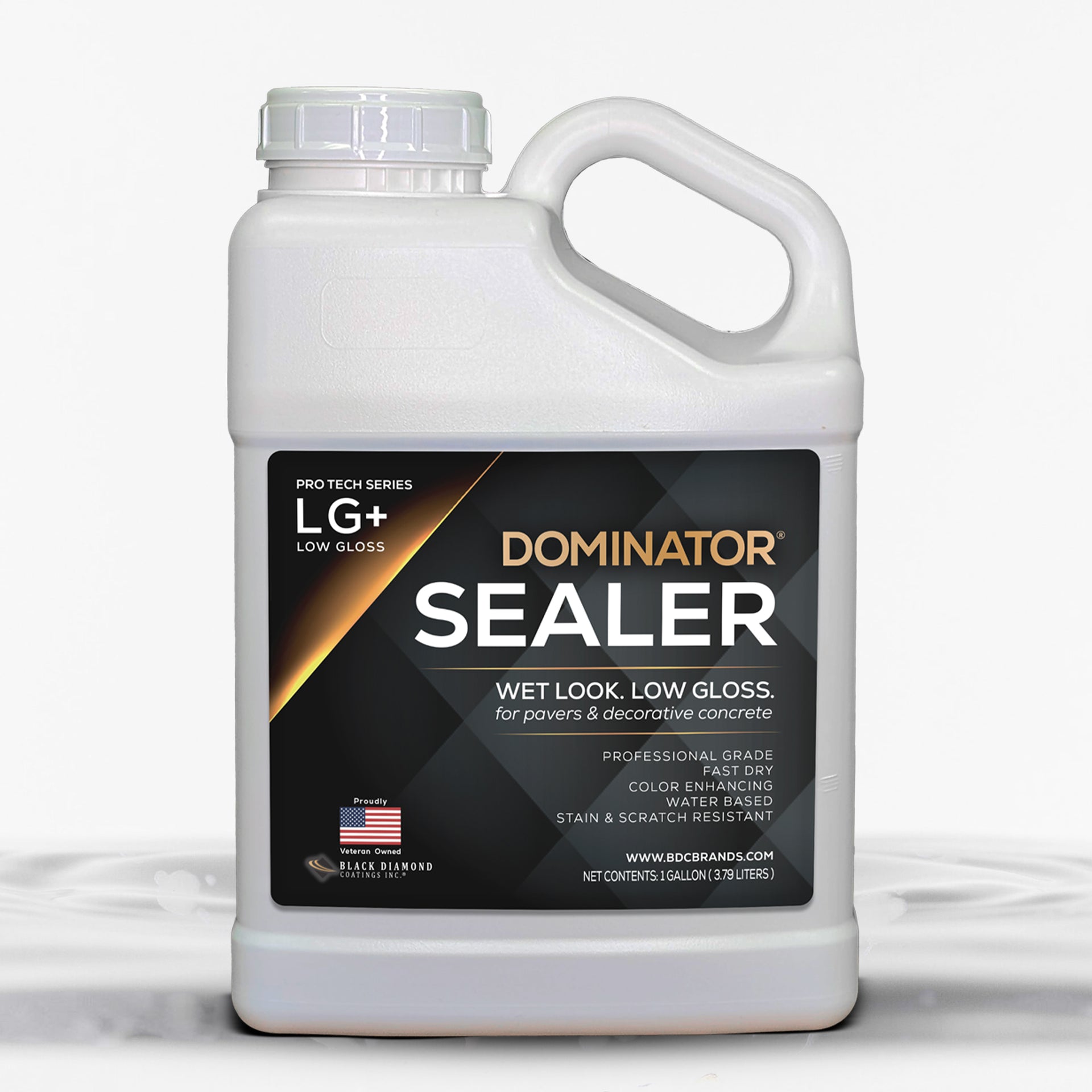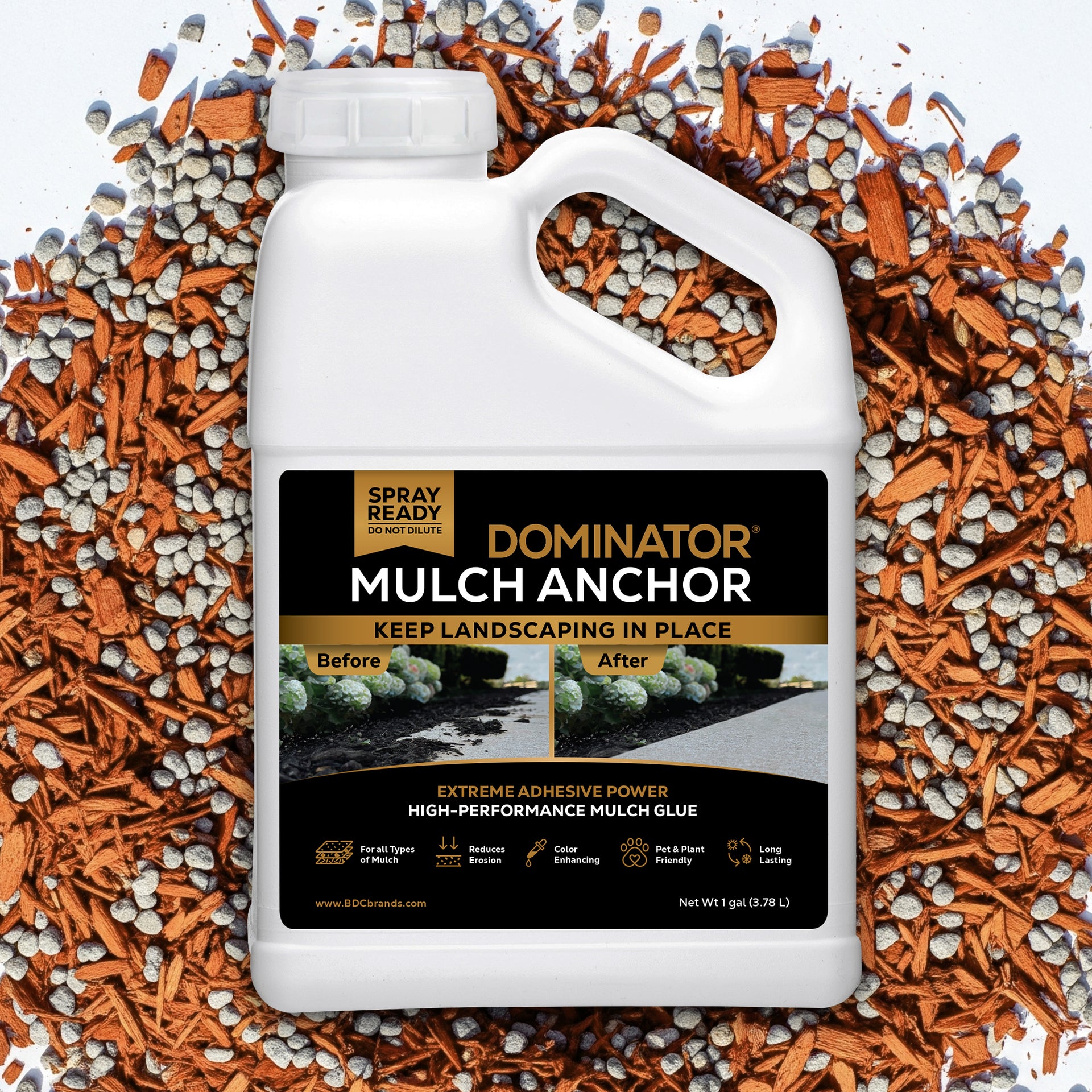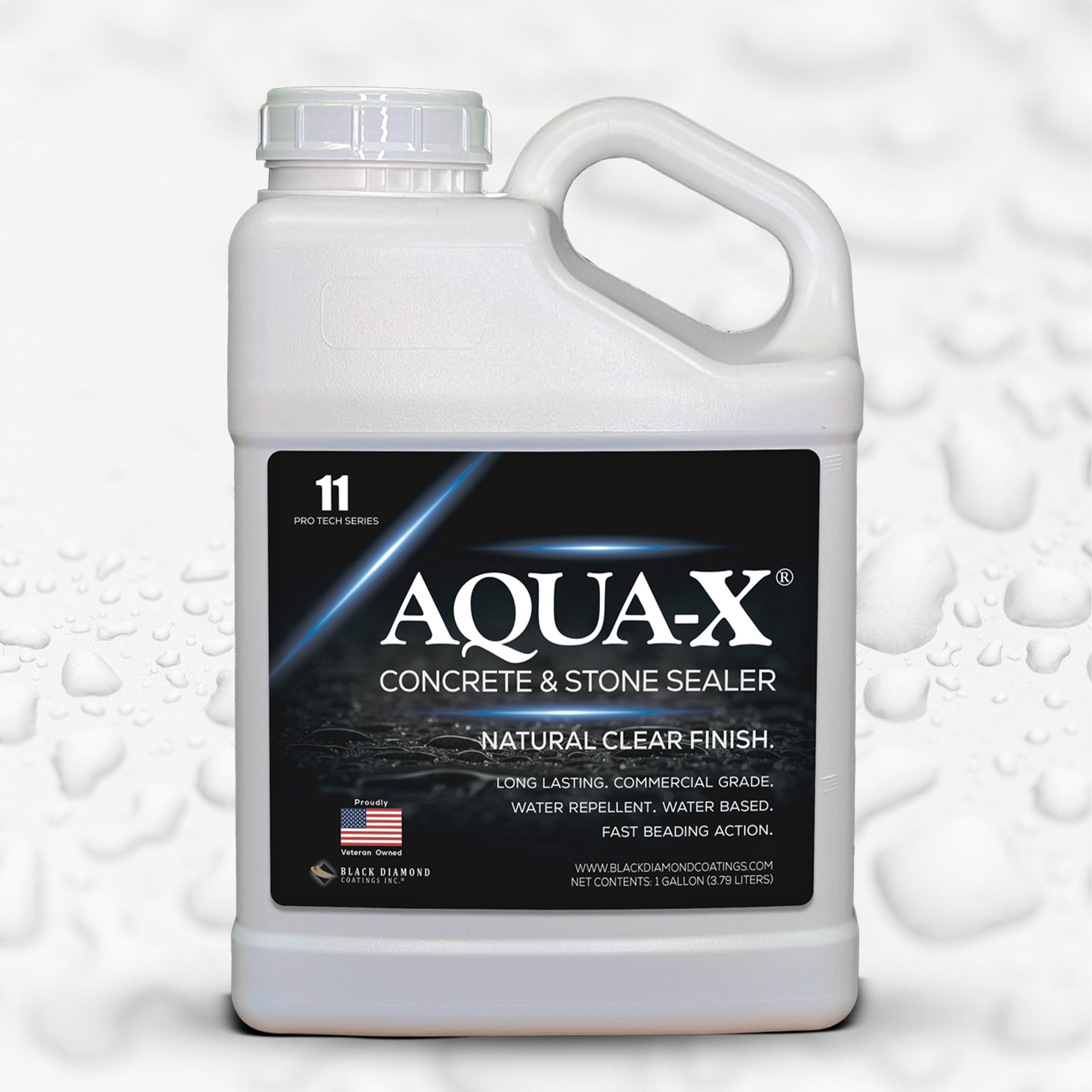In recent years, there has been a giant misconception in the paver sealing industry regarding joint stabilization. Many contractors in the paver sealing industry have fallen prey to the marketing from various sources claiming that if the paver joints are not “cemented” into place, that somehow the joints will become unstable. The “flood coat” sealer products claim that a significant volume of sealer must be applied to pavers in order for the joint sand to completely harden for proper joint stabilization. Let’s look at the facts.
The Interlocking Concrete Pavement Institute (ICPI), the North American trade association representing the interlocking concrete paving industry, whose more than 900 members include design professionals, contractors, manufacturers and other suppliers of products and services to the industry, writes on the acceptable methods of installing and caring for interlocking pavers.
On joint stabilization, ICPI published in its Tech Spec No. 5, “Joint sand stabilization is generally optional and not required for many interlocking concrete pavements. Sand in joints will likely stabilize over time without additional treatment.”[1] Therefore, joint stabilization is not necessary for each and every seal job that contractors encounter.
In research co-authored by Pavestone ® (a subsidiary of The QUIKRETE® Companies), an M1A1 Abrams tank created no impact to the paver surface after traffic on its surface. [2] In this particular example, the pavers were not sealed, and the surface was certainly stable enough to support a military tank. It is worth noting that this tank weighs almost 68 short tons, making it one of the heaviest tanks (and definitely more significant weight than most driveways and pool decks will ever bear).[3]

M1A1 Abrams tank on the permeable pavement test section[4]
While we believe that sealers are very important, we do not believe that sealers should “cement” in the paver joints for proper stabilization. There are many benefits to decorative sealers for pavers that we discuss in other publications.
Sanding Paver Joints
During paver installation and when sanding is necessary, ICPI recommends that “joint sand should be spread on the surface of the pavers in a dry state. If it is damp, it can be allowed to dry before sweeping and vibration so it can enter the joints readily," in its publication, A Guide for the Specification of Mechanically Installed Interlocking Concrete Pavements[5].
Also, in the ICPI Tech Spec No. 5, “Prior to applying liquid materials, the surface should be clean and dry and any efflorescence removed from the pavers. Either a broom or leaf blower can efficiently remove excess sand.” When re-sanding is required, we agree with ICPI’s position that dry sand is best installed in paver joints. Sand acts like a sponge, absorbing the liquid sealer. If the sand is already wet, like in a wet sanding technique, then it is more difficult for the sealer to fully penetrate the sand in our recommended application process to achieve the sand stabilization properties.

Sand Options
ICPI cites some options for joint sand during installation.
“There are some alternatives to consider. ASTM C-144 and CSA 179 graded mason's sand contains more fine particles and tend to fill the joints faster, making final compaction less time consuming. Both materials are approved alternatives by ICPI. Using mason's sand makes sense if the time saved sweeping and compacting the sand into the joints outweighs the costs and inconvenience of having two kinds of sand at the jobsite. If not, then consider using bedding sand. Some contractors feel that finer sands create tighter, less permeable joints.”[6]
Sand with larger particles is often used in situations where larger joints are present and more solid joint stabilization is required. This type of sand is used because it allows more of the joint stabilizing product to penetrate deeper into the joint sand.
Polymeric Sand is an option if you truly need paver stabilization. There are many polymeric sand options available on the market, which use different chemicals to achieve a hardened state.
Many of the less expensive products use cement as the hardener. The upside is the product cost is low. The downside is that if you leave any polymeric sand on the surface, it’s nearly impossible to remove the polymeric haze (poly haze) since it contains cement. Further, these types of poly sand will crack when the pavers move as the earth shifts over time.
Black Diamond Coatings’ DOMINATOR Polymeric Sand is different as it contains hybrid technology polymers that allow the sand to dry hard, yet flex when the pavers move. The DOMINATOR sand can be removed from the surface if it wasn’t properly washed off during the application phase. <See more information on the Technical Data Sheet.>
About Black Diamond Coatings Sealers
Black Diamond Coatings' DOMINATOR® color-enhancing sealers are designed to aid in joint stabilization. For best results, make sure the joint sand is dry before the sealer is applied. Dry joint sand will allow the product to properly soak into the joint for proper stabilization. Once the product is properly applied, it will harden only the surface of the sand (generally 1/8”-1/4” deep). This process is designed to assist in preventing joint sand loss due to Mother Nature and light cleaning. It is not designed to harden the joint to point that the sand is impossible to remove.

Stabilized sand with Black Diamond Coatings masonry sealer can be removed with a knife.
A Tampa Bay contractor says, “We have sealed several million square feet of pavers through the years, and the joint stabilization we get with the Black Diamond Coatings sealers has been a lifesaver. We frequently see jobs that have the joints locked down so hard that we can not get the old dirty sand out, and the customer loves the seal job but complains about the dirty joints. With the Black Diamond Coatings products, during reseal jobs, we can pressure wash the old sand out and replace with new sand prior to sealing. Because of this, we have significantly increased our percentage of repeat business and lowered our callbacks dramatically.”
[1] © 1995 ICPI Tech Spec No. 5 • Interlocking Concrete Pavement Institute—Revised February 2012
[2] 2012 10th International Conference on Concrete Paving Shanghai, Peoples Republic of China. Design and Construction of a Permeable Pavement for Tracked Military Vehicles; David K. Hein, P.Eng and Mike Midyett.
[3] M1 Abrams article on Wikipedia; https://en.wikipedia.org/wiki/M1_Abrams
[4] Reference Footnote 2.
[5] © 2003 ICPI Tech Spec No. 15 • Interlocking Concrete Pavement Institute • Revised September 2012
[6] © 2014 ICPI Frequently Asked Questions: “Can bedding sand be used for joint sand?”





